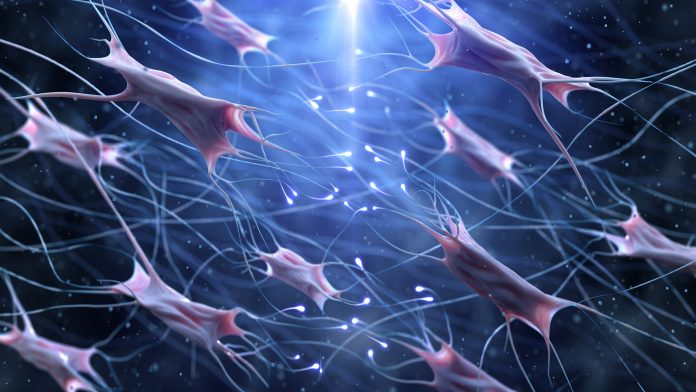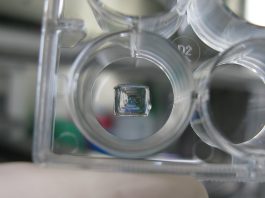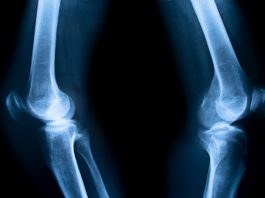A team of researchers at Penn State University, USA, suggests that research into fibrous proteins, such as collagen and fibrinogen, could lead to more efficient bioprinting and tissue engineering.
In the human body, fibrous proteins provide structural support for cells and tissues and aid in biomechanics. Collagen makes up 80% of our skin and 10% of our muscles, while fibrinogen helps in blood clotting by forming the hydrogel fibrin.
Hemanth Gudapati, a graduate student at Penn State University, said: “Collagen and fibrinogen protein solutions are widely used as precursors of collagen and fibrin hydrogels in tissue engineering applications. This is because collagen and fibrin, which are used as structural materials for tissue engineering similar to their role in the human body, are nontoxic, biodegradable and mimic the natural microenvironments of cells.”
Gudapati and his team report, in Soft Matter, for the first time, that fibrous proteins form a solid layer on the surface of water due to aggregation of proteins at the air/water interface. This solid layer interferes with accurate measurements of the solution’s rheology. Accurate rheology measurements are vital for successful bioprinting. By measuring the viscosity of the material, researchers can identify what protein solutions are potentially printable.
Gudapati said: “Collagen and fibrinogen are extracted from animals, and their flow behaviour changes from batch to batch and with time. Accurate measurement of flow behaviour helps in reliable or consistent delivery of the protein solutions during bioprinting. This helps in fabrication of things such as reliable organ-on-chip devices and disease models.”
He added that there were other findings in the research that will require further investigation. These included the possibility that the aggregated fibrous proteins at the air/water interface may get released from the interface and that these protein aggregates may cause further accumulation of the proteins in the solutions.
Gudapati said: “The further bulk aggregation could be one of the reasons for poor alignment of collagen fibres or poor mechanical strength of fibrin outside the body, i.e., in vitro, which are the challenges facing tissue engineering applications at present.”









